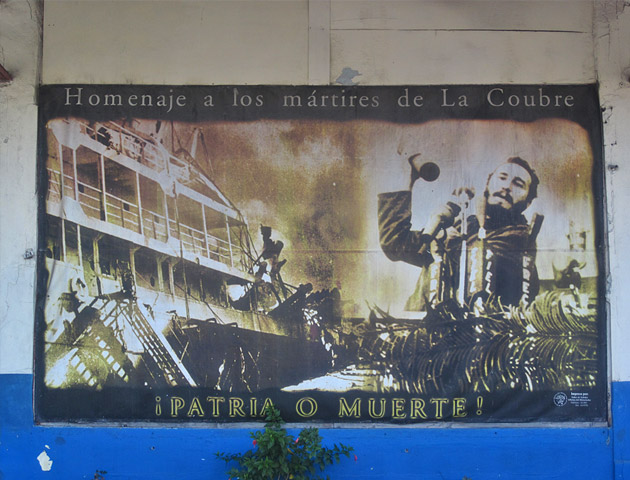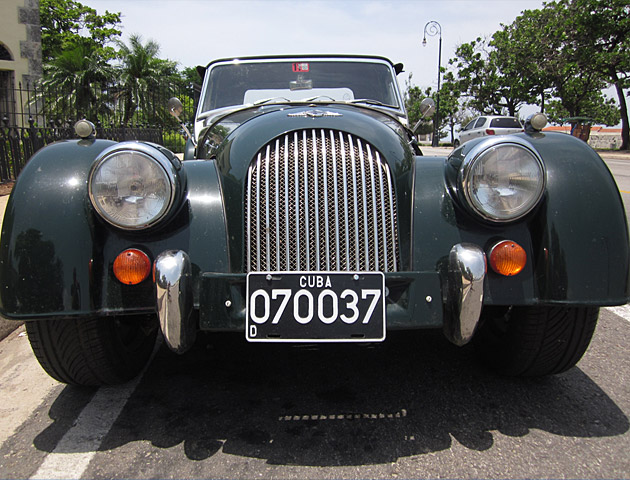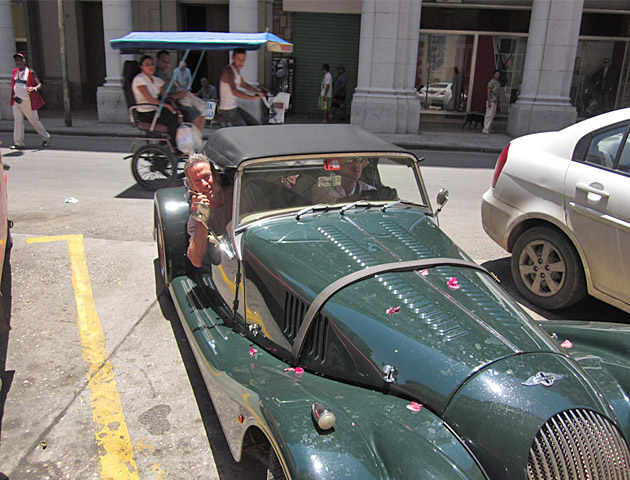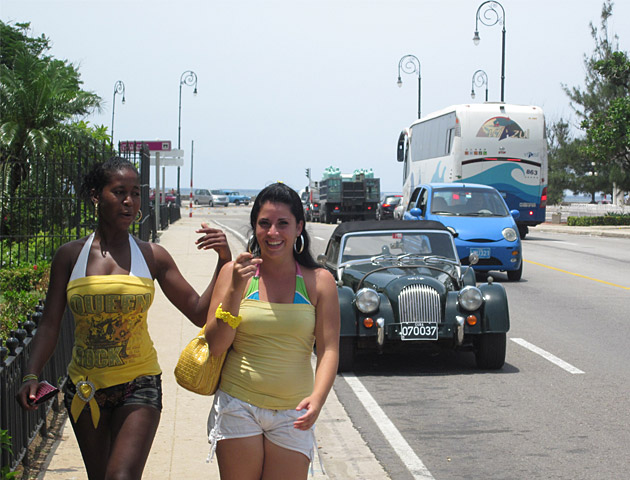Douglas Halawell | November 6, 2013
Cuba wasn’t exactly top on my list of places I was longing to visit, but as fate has its say on occasions, it was where I landed in August 2011. A next-door neighbour friend – Jean-François Guillotin – happens to be the son of a ship’s crew member that survived a major sabotage which took place at La Havana’s docks on March 4th 1960. He finally convinced me last year to accompany him during what was intended to be a 10-day holiday, at least as far as I was concerned.
In March 2010 the Cuban embassy in Paris had organized a 50th anniversary ceremonial tribute to the 101 victims of the sabotage of the French cargo ship La Coubre. The following year J-François informed the Cuban ambassador of his upcoming Cuban holiday, with me tagging along (& acting as translator). Unawares to me, the Cubans had decided to give us the red carpet treatment… On arrival we were intercepted by two officials, one of whom was a judo black belt chauffeur. The other was to be our personal guide and interpreter, ‘trained’ in Moscow. As it turned out, Pedro and Julia picked us up every morning at the Plaza Hotel and took us to various government institutions, like the archives, where no tourists would ever be granted access. We did, however, manage to fit in one single day on a distant idyllic beach the day before our departure.
Our visit started off with a press conference where J-François was guest of honour along with a couple of surviving widows of Cuban dock worker victims. I was, however, intrigued by the discreet presence of an American woman who purported to be a journalist during my discreet conversation with her. Cuba is, after all, one of the most unlikely places on earth to bump into a US citizen (or, for that matter, a Morgan sports car). This all resulted in extensive press coverage on TV that evening and in the newspapers the next day surrounding J-Francois’ visit to Cuba. It should be noted that none of the surviving crew had ever returned there.

So much so for the setting of what was to become anything but a straightforward Caribbean holiday. But where, one might ask, is the Morgan content in this story!?
Well, three days before leaving Cuba I decided to investigate an amazing discovery I had made the previous day. To my surprise I had come across a Morgan parked all on its own near the Spanish embassy but the message I left on the driver’s seat had remained unanswered. Not to be so easily discouraged, I decided to try again to establish contact. The car bore diplomatic black plates so it seemed logical that the owner was based at the nearby Spanish embassy. After speaking to security at the entrance, a Spanish diplomat joined me and very affably proceeded to screen me during his cigarette break. I gave him my card and hotel details, confident that it would be handed to the Mog owner.

Later that day I discovered an official sealed letter from the diplomat owner waiting for me at the Plaza’s reception with an invitation to join him for coffee the next morning in his office. My perseverance had finally paid off! Although taken aback by a change in schedule, Pedro and Julia had no option but to drop us off at the embassy where, we told them, we had an important appointment with a high-ranking diplomat. And so it was that I finally made contact with the only Morgan owner in Cuba. He turned out to be one of the embassy’s advisors, and was delighted to talk about Morgans and tell us about the trials and tribulations – in spite of his diplomatic status – in getting the Morgan V6 Roadster licensed in Cuba. The Cuban authorities had no knowledge whatsoever of the marque and so initially thought his Mog was a one-off from Spain!
Before leaving, he asked me if I would care to have a leisurely Sunday morning drive in La Havana in his 2007 Roadster to round off my holiday. Needless to say, I was only too pleased to accept. On the day, it was so hot we decided to leave the top up! When I requested his permission to write an article on our encounter, he accepted provided he remained anonymous.


